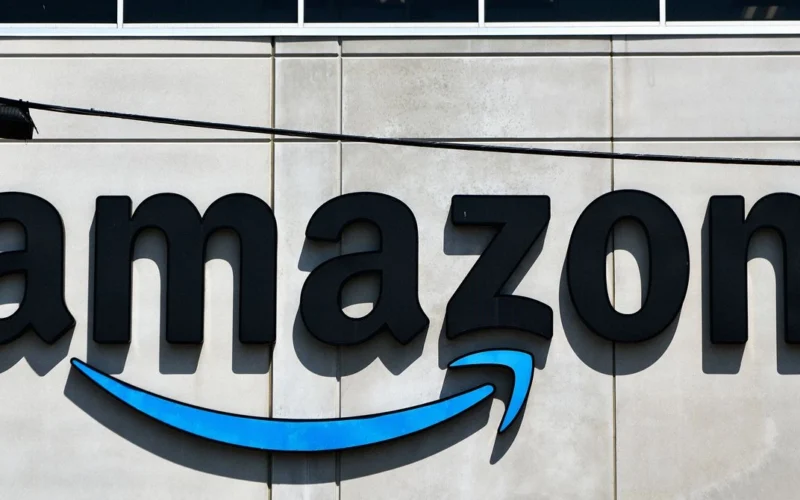As generative AI continues to evolve, it is not only accelerating software development but also enhancing the capabilities of cybercriminals. This rising threat has placed increased pressure on security teams at tech companies to manage a growing volume of code to review. In response, Amazon has recently introduced its Autonomous Threat Analysis (ATA) system, aimed at improving its cybersecurity measures.
Developed from an internal hackathon held in August 2024, ATA employs multiple specialized AI agents that collaborate in teams to identify vulnerabilities in Amazon’s systems, examine different methods that attackers might use, and propose security controls for human evaluation. Instead of relying on a single AI for comprehensive threat analysis, ATA’s design features competing agents specially tasked to investigate attack scenarios in a more agile way.
Steve Schmidt, Amazon’s chief security officer, highlighted that the ATA system addresses key limitations in the security landscape by enhancing coverage and keeping detection mechanisms current. This is crucial for adapting to the rapidly evolving threats that modern systems face. To optimize the effectiveness of ATA, Amazon created high-fidelity testing environments that accurately mimic their production systems. This allows the AI agents to perform credible analysis based on real-time telemetry.
ATA’s framework includes both "red team" agents, which focus on identifying attack vectors, and "blue team" agents that validate the defense mechanisms proposed. Each agent must back up their findings with real, timestamped logs to ensure accuracy, providing what Schmidt describes as "hallucination management" that effectively prevents false positives.
Furthermore, the collaborative nature of the specialized agents simulates human teamwork in cybersecurity, significantly speeding up the discovery of new threats and the corresponding mitigations. Amazon security engineer Michael Moran expressed that this system democratizes creativity in threat analysis, allowing for rapid exploration of novel techniques which would be tedious and time-consuming for human analysts alone.
Already, ATA has delivered impressive results, such as enhancing defenses against Python "reverse shell" attacks, which can be used to manipulate systems into opening unauthorized remote connections. The AI system successfully identified new tactics and developed effective countermeasures within mere hours.
While the system operates autonomously, it still relies on human oversight before implementing any changes, ensuring that nuanced human analysis continues to play a key role in security processes. Schmidt emphasized that ATA allows security personnel to concentrate on complex challenges by handling the more repetitive aspects of threat analysis.
Looking ahead, Amazon plans to leverage ATA for real-time incident responses to enhance its ability to identify and address live attacks on its expansive infrastructure. As Schmidt noted, the system acts as a powerful assistant that allows human talent to be directed towards the most critical threats rather than mundane tasks.









